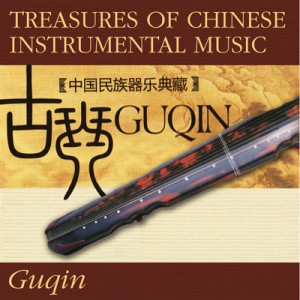Japanese music, the art concerned with combining vocal or instrumental sounds for beauty of or emotional expression, specifically as it is carried out in. Served as a bridge to Japan for many as well as exerting influence through its own forms of court. Also to be considered is the presence of northern Asian tribal traditions in the form of surviving on island. However, it should be pointed out that the island isolation of Japan allowed it to develop its own special characteristics without the intense influences of the giant and the so evident in mainland. Therefore, in the ensuing discussion all the “foreign” elements are placed in the matrix of traditions and styles that are characteristically Japanese.

The Ensemble Nipponia was formed in 1964 and is dedicated to the performance of traditional and contemporary commissioned work for traditional Japanese instruments. They have been touring all around the world. It is still today one of the most known and most respected traditional Japanese chamber.
Traditional Japanese music is the folk or traditional music of Japan.There are three types of traditional music in Japan: theatrical, court music (called gagaku), and instrumental. Japanese music is extremely diverse: solo music, chamber music, court music, festival and folk music, different types of theatre music, percussion music, epic singing, and many more. This article presents a general overview of Japanese traditional solo and how it evolved into ensemble music. The music is a good cross-section of this type of classical sound, with excellent performances all around. If you have never heard traditional Japanese music before, this is a good place to start. A recommended companion recording by the same label and performing group is 'Kabuki & Other Traditional Music.'
Music before and through the Nara period Early evidence Ancient Chinese sources and modern archaeological data provide the earliest surviving insights into Japanese music. Archaeologists have discovered materials of people in Japan and pottery remains of the dating back, according to some scholars, as far as the 11th millennium bce. Among the items recovered from the subsequent period ( c.
Japanese Music Instrumental Free Download
250 ce), the most significant musical finds are bronze bells. They show that the native population had adopted Chinese. The shape of the bells and the locations of their remains indicate that they may have entered the Japanese islands with tribes migrating from northern Asia. That Japan gradually came to be dominated by one group called the clan became more evident in the ( c. 500 ce) and led to the present imperial system. Specific evidence of its musical life is found first in certain tomb figurines ( ), which were substitutes for the earlier Asian tradition of human sacrifices at the death of a leader.
One haniwa has been found playing a barrel with a stick, while another figure is seated with a four- or five-stringed board across his lap. Bells (pellet or jingle bells) are found on costumes, and some statues seem to be of singers. The zither is of special interest, for it is related to the that appeared in the kingdom (on the central southern coast of what is now ) by at least the 6th century. It also may be the earliest example of the, or Yamato-goto, a six-stringed zither with movable bridges found in Japanese music. The crotal bells survive in the form of the suzu bell tree, an instrument characteristic of Shintō dances only.
Japanese Music Instrumental Free
The interpretation of another figure as a singer and the presence of a drummer are rather too general for conclusions, although a Chinese history book of the 3rd century (, 297 ce) does speak of the natives of Japan as and dancing during a funeral. That source also notes two traits well-known in Shintō today: a concern for purification and the use of hand claps in praying before a shrine. The mention of is found in Chinese accounts and is of particular interest to those concerned with the northern Asian aspects of Japanese culture.